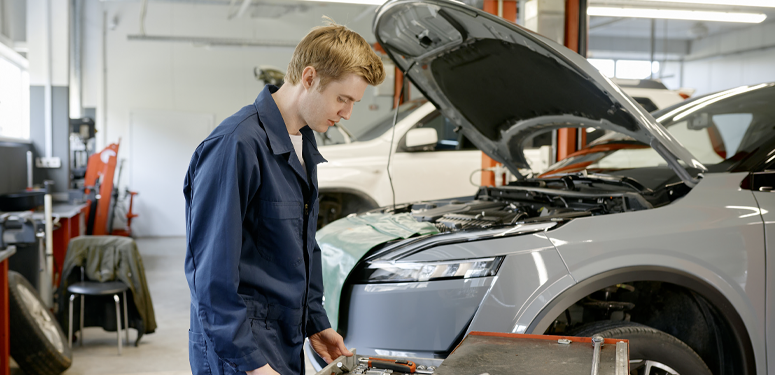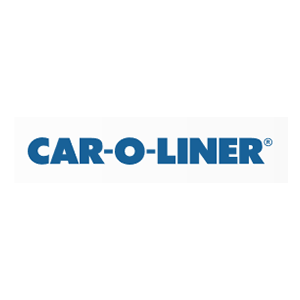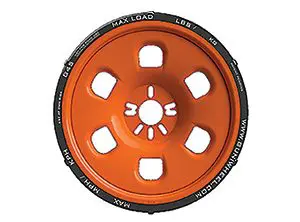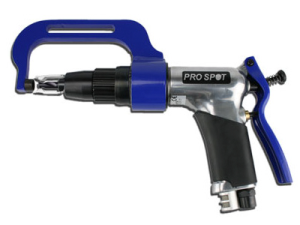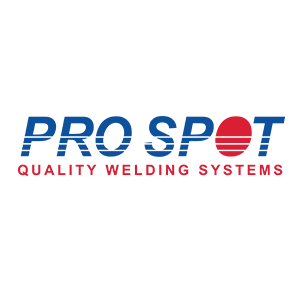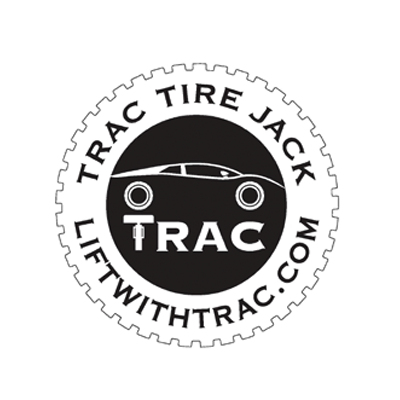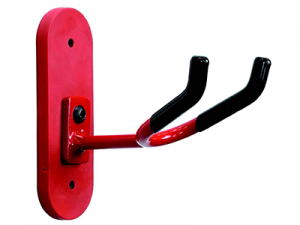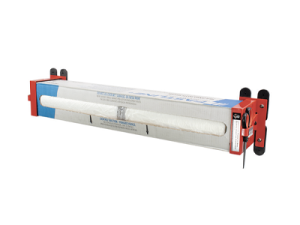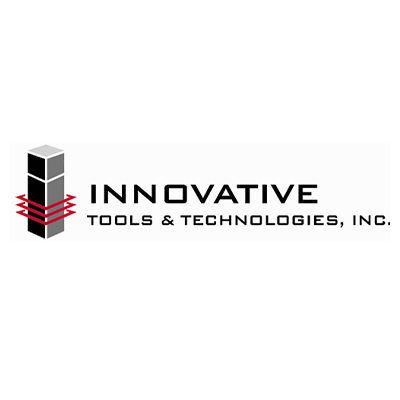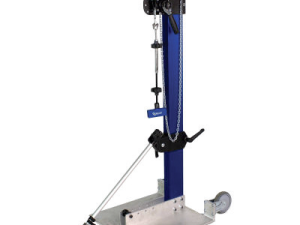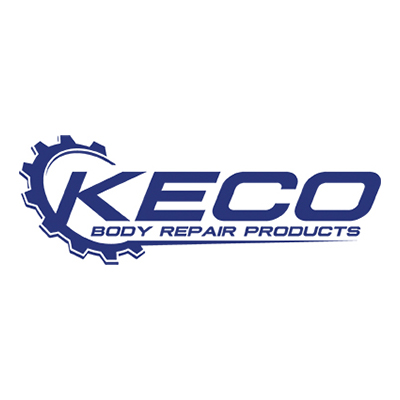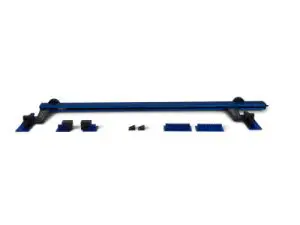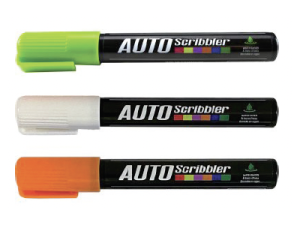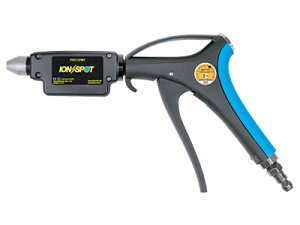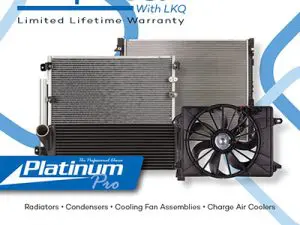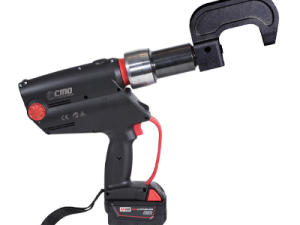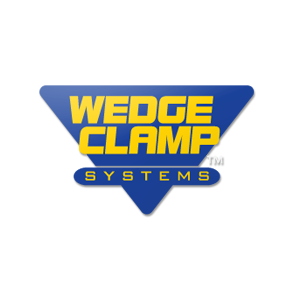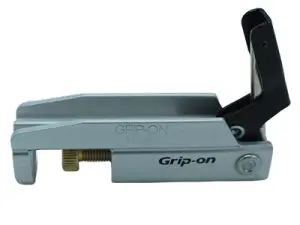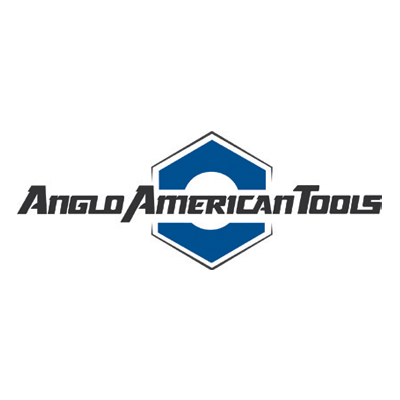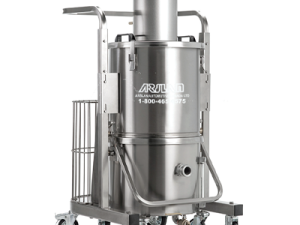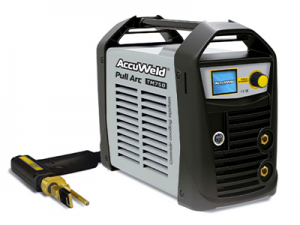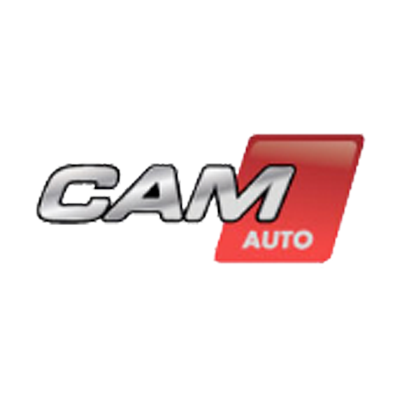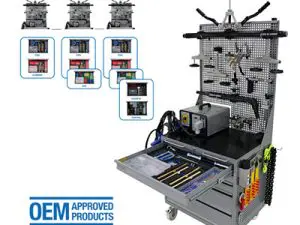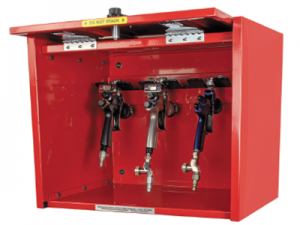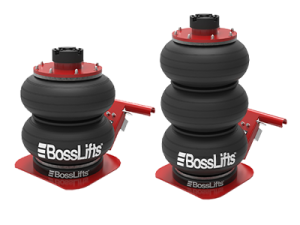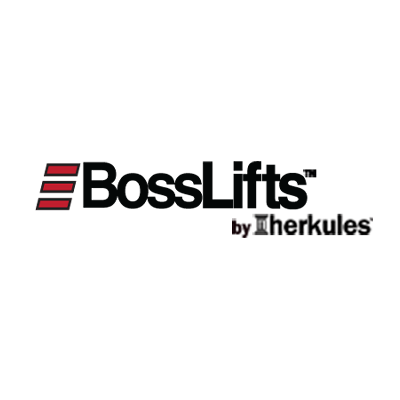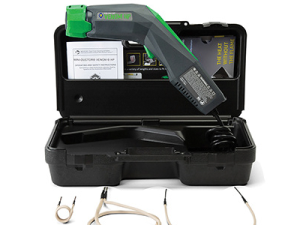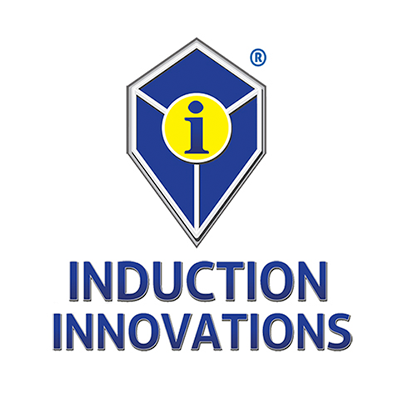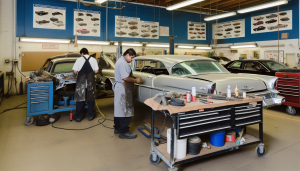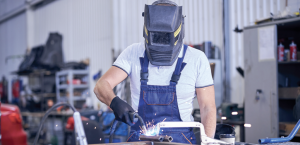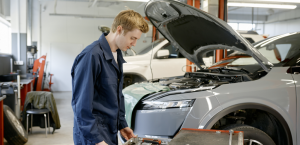NOT JUST A HUMBLE HAND TOOL
TAKE FUTURE REPAIRS INTO YOUR OWN HANDS
HAND TOOLS ARE JUST AS IMPORTANT IN TODAY’S COLLISION REPAIR INDUSTRY AS HIGH-TECH SYSTEMS; THEY ARE AN ESSENTIAL FOUNDATION FOR ANY TECHNICIAN AND REPRESENT AN EXTENSION OF THE TECHNICIAN’S HANDIWORK.
While it can be all too easy to get caught up in the recent changes in advanced high tech automotive repair systems (and rightly so), it’s important to remember that hand tools have also seen their fair share of progress. After all, it’s been nearly two million years since humans first invented the hammer. Hand tools are just as important in today’s collision repair industry as high-tech systems; they are an essential foundation for any technician and represent an extension of the technician’s handiwork.
According to this year’s U.S. Bureau of Labor Statistics, service technicians still rely heavily on tools such as wrenches, pliers and sockets and ratchets even as they also embrace computer-based diagnostic and electrified systems.
Collision Repair magazine recently sought the opinions of Canadian shop owners, managers, apprentices, technicians and painters to get their insights on the continued use of hand tools in automotive repair.
Of the auto shop owners and managers polled specifically, 50 percent said that it was reasonable to expect a new apprentice to purchase their own tools, and only a third of those polled said that hand tools would be provided to new technicians. As a result, hand tools remain an asset. While there is a need for speed and efficiency when it comes to automotive repair, there is also a need for traditional knowledge and skill.
Tech may continue to change, but these pages will help you find the right tools to take the future into your own hands.
-
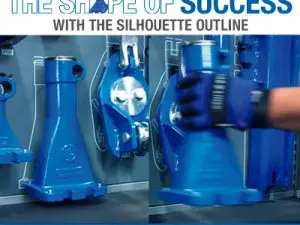
EVO™ SYSTEM
Read more0 out of 5 -

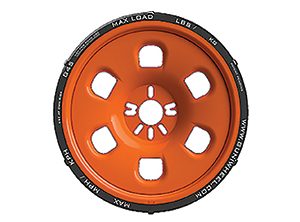
Guniwheel Universal Tire and Wheel Mounting System
Rated 4.00 out of 5Read more0 out of 5 -

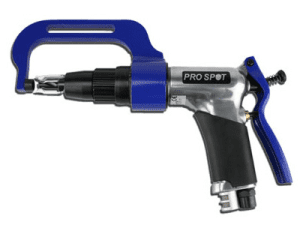
Weld Drill
Read more0 out of 5 -

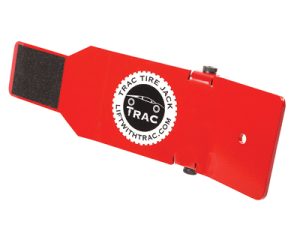
TRAC Tire Jack
Read more0 out of 5 -

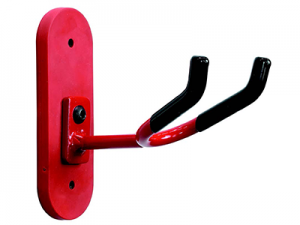
Innovative Magnetic Spray Gun Holder
Read more0 out of 5 -


PR-5 Mobile Riveting and Bonding Station
Read more0 out of 5 -

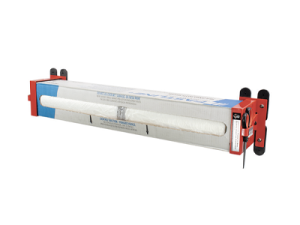
Innovative Mobile Plastic Sheeting Dispenser
Read more0 out of 5 -

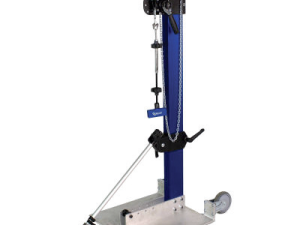
KECO Pull Tower
Read more0 out of 5 -


IBQ-4T
Read more0 out of 5 -

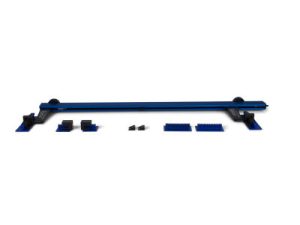
KECO K-Power Lateral Tension Tool
Read more0 out of 5 -


Auto Scribbler Paint Marker
Read more0 out of 5 -

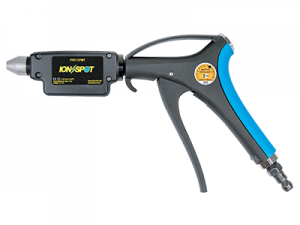
Ion Spot Anti-Static Gun
Read more0 out of 5 -


Platinum Pro
Read more0 out of 5 -


CMO SPR Hydraulic Riveter
Read more0 out of 5 -


Grip-On Micro Grip Locking Tool
Read more0 out of 5 -


Inductor Pro-Max Flameless Heat System
Read more0 out of 5 -

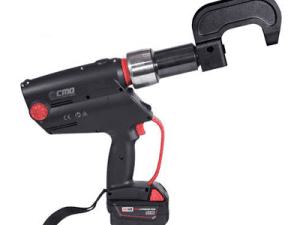
40-EP02 Battery Operated SPR Riveter
Read more0 out of 5 -

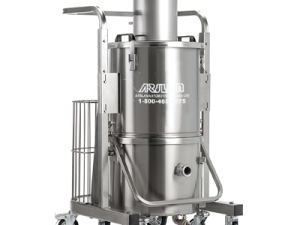
50-Wav-5 Air Operated Immersion Separator Dustless Sanding Vacuum
Read more0 out of 5 -


AccuWeld Pull Arc TM750
Read more0 out of 5 -

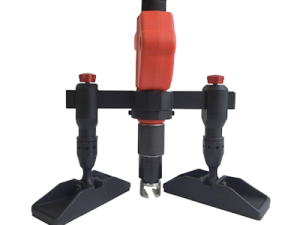
CAMAUTO Smart Mini Lifter
Read more0 out of 5 -

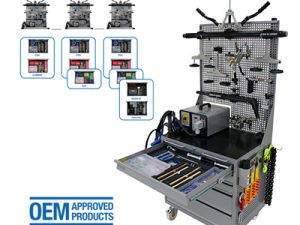
Car-O-Liner CDR1
Read more0 out of 5 -

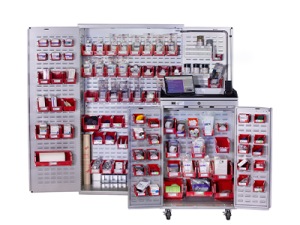
3M™ RepairStack™ Performance Solutions
Read more0 out of 5 -


Innovative Tools – Spray Gun Cabinets
Read more0 out of 5 -


BossLifts by Herkules
Read more0 out of 5 -


ElectroPower
Read more0 out of 5 -


Mini-Ductor Venom HP
Read more0 out of 5



